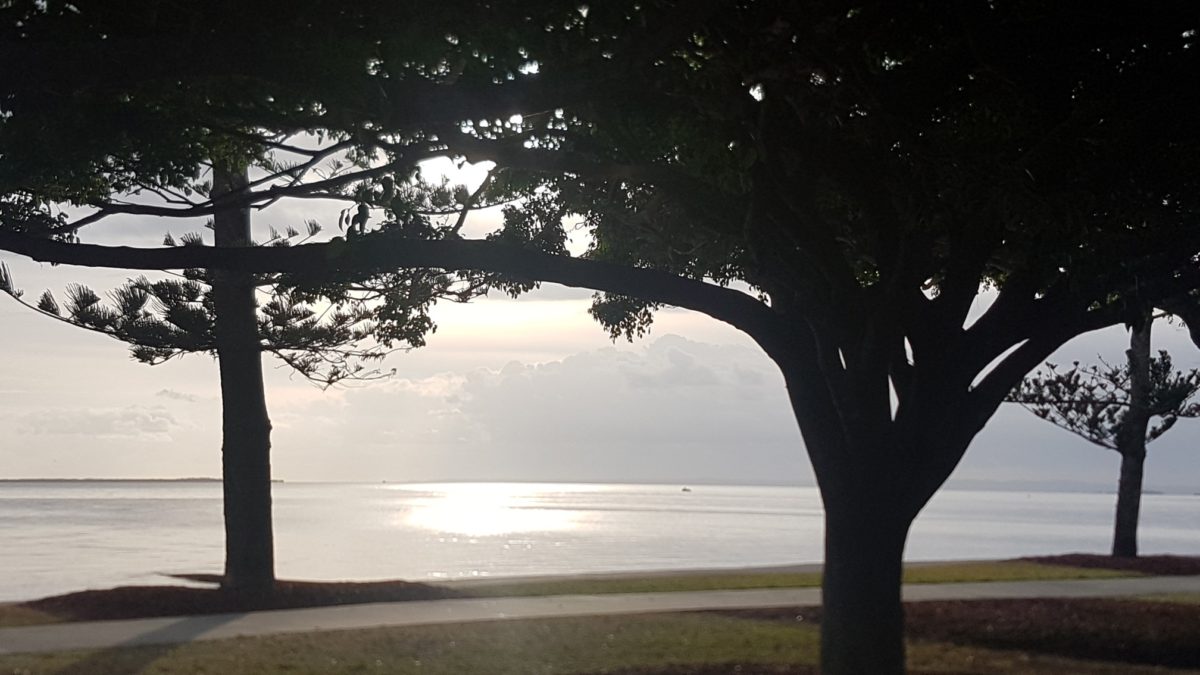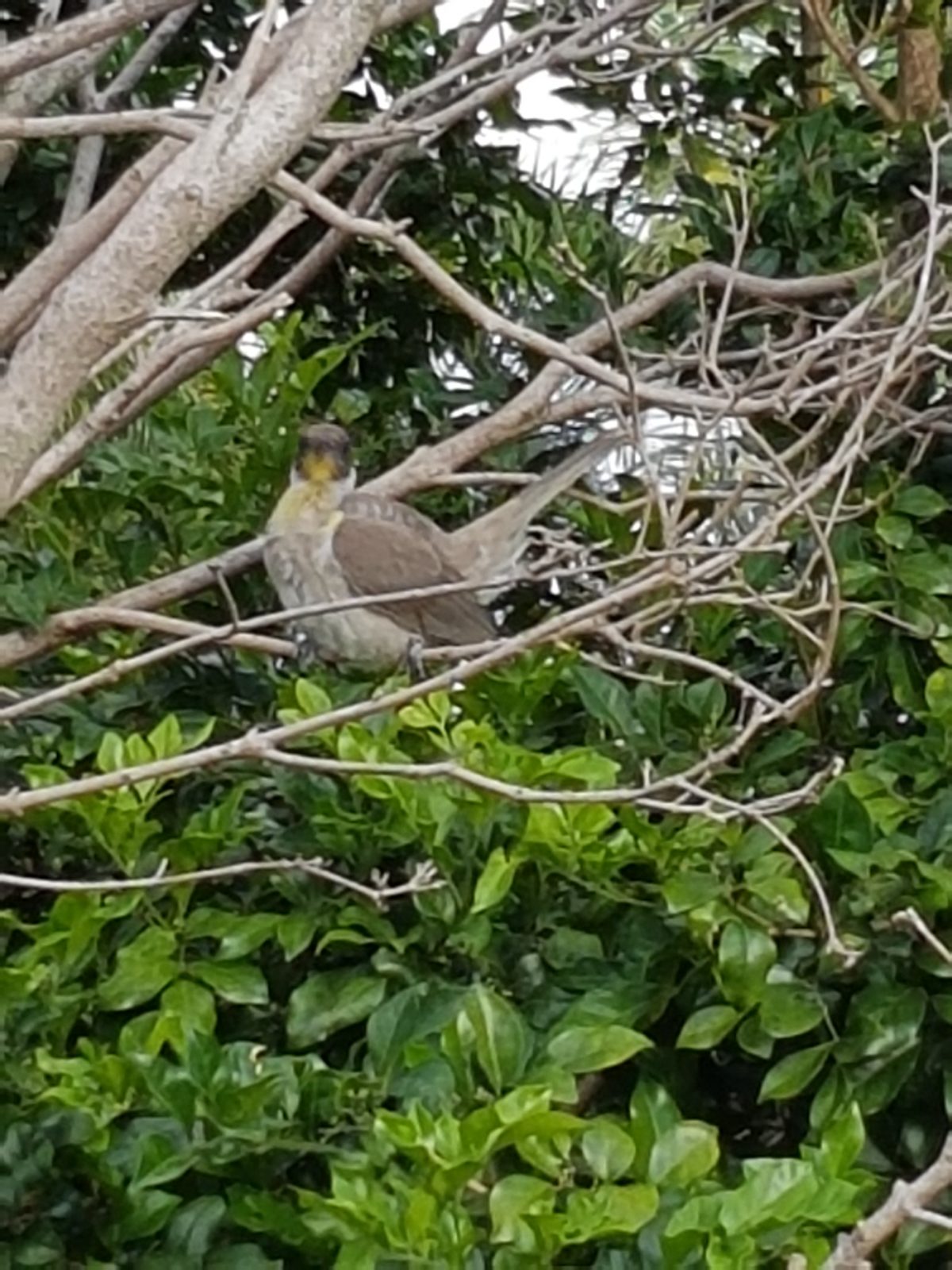Jessica Kirkness in her memoir, The House With All the Lights On, lets us see and hear what it is like to live with grandparents who are Deaf. Her story covers her experience of living under the one roof with her parents and grandparents and coming to understand the “language of light”. In the process, Jessica enlightens us about what it means to be deaf and how to interact with adults who are deaf.
Jessica’s grandfather spent a lot of time in and out of hospital. She highlighted the problem of a lack of understanding on the part of hospital staff despite being told of her grandfather’s deafness. She maintained that his hospital care was often compromised because “staff had no clue how to interact with him”. This was despite explicit instructions to get his attention before speaking to him, use pen and pad to enable him to understand their message and respond and ensure they actually looked at him when talking.
Jessica herself had studied Auslan (Australian Sign Language) to communicate with her grandparents, particularly with her Grandfather who refused to learn how to speak. She even had to use sign language to communicate to him in hospital that he was dying after a cardiac arrest. Jessica provides an enlightening insight into sign language and its accompanying “visual and spatial tactics” generated by the hands and body movement. She explains that movement serves to direct the viewer’s attention.
Being deaf
Jessica makes the point that, contrary to the general opinion in the community, her grandparents viewed their deafness as a “way of being in the world”, not a deficit (the focus on something missing). They were able to recognise nuances in facial expressions and insisted that everyone faced them directly when they talked to them. This enabled them to expertly read faces and attempt to lip read.
Jessica points out at one stage in her book about the lipreading traps inherent in the English language. She explains that this is the result of what is called “homophemes” – “words that sound different but involve identical movements of the speaker’s lips”. The words themselves have different meanings, leading to confusion and stress for the lip reader.
Discrimination
Jessica quotes Rachel Kolb’s TED Talk, Navigating Deafness in a Hearing World, when she discusses the “primacy of voice” in our hearing world and the fact that “mouths are not a prerequisite for speech”. Rachel makes the salient point that if you can’t hear, how can you learn to speak? She was born profoundly deaf and has become a Rhodes Scholar, writer and disability advocate.
Rachel knew that her speech was defective and had to come to terms with her difference. She spent 18 years in speech therapy to be able to talk, spending a lot of time learning speech through feeling the vibrations in the throat of her speech therapist. Still people thought that her difference in speech was due to a foreign accent.
Jessica highlights the discrimination experienced by her grandparents in what is a “hearing world”. People expect to be understood when they speak (“being heard”, “being listened to”). The distortions in the speech of many deaf people lead to misunderstandings and assumptions about “lack of intelligence” or dumbness. Jessica states that “deafness is the thing that we cannot look away from but cannot bear to face”.
The disruption and disorientation of deafness in a hearing world is not understood and sometimes feared. People lack an appreciation that a deaf person can have a heightened sense of sight and an enhanced peripheral vision (so that actions “behind their back” can sometimes be detected and seen as derogatory). People who are deaf often have a strong sense of touch and vibration. As Jessica remarks, “sound is received in the body in all sorts of ways” and people who are deaf can “hear” music through vibrations in the floor. I had personal experience of this in Melbourne when a group of us visited a school for deaf children and watched them dancing enthusiastically to music by sensing floor vibrations.
The language of light
Jessica’s Grandmother insisted that ‘the entire self is required for conversation”. She could not tolerate people turning away from her when listening to what she had to say. Jessica does point out, however, that the exception to this “whole-self rule” was when she was driving. She notes too that “touch and sight were always interwoven” for her grandparents. The world for them was “experienced through the interplay of the eyes and body”.
Consciousness of light was important because being in front of windows when communicating could create shadows that distort the images of hands and faces. The world of deaf people is “driven by sight” where looking is equivalent to knowing. Gerald Shea titled his book The Language of Light to express the role of light in sign language and the centrality of the visual for the deaf. When the lights go out there is no dialogue.
Reflection
Jesscia’s book helped me to understand how easy it is to unconsciously exclude a person who is fully or partially deaf. It reminded me that I have a friend in her eighties who is hard of hearing and I often overlook the need to face her when I talk. She points out that being able to speak multiple languages, she has developed a propensity for lipreading – something I deprive her of when I am not facing her. She often notes too that I “mumble”, failing to properly articulate my words which increases her sense of isolation.
By gaining an understanding of what it is like being deaf, we can learn to better include deaf people by more conscious speech and actions. As we grow in mindfulness, we can increase our awareness of people’s differences, our own limitations and biases and be more compassionate in our interactions with others.
Having been considerably moved by Jessica’s book, I wrote the following poem from the perspective of someone who is deaf:
Being Deaf
Being deaf is not a deficit
It’s a way of being in the world.
With refined senses of sight and touch
A reliance on light for meaning.
Face me so I can read your lips
Be in the light so I see the nuances in your facial expressions.
I am not dumb, I am deaf
I sense sound through vibrations.
While I can’t hear
I can see and feel things that you don’t notice.
My vision is not narrow
I can see my periphery clearly.
Don’t avoid me out of fear
Approach me out of curiosity.
Don’t judge me for my voice distortions
Listen intently for my message.
_________________________________________
Image by Ivana Tomášková from Pixabay
By Ron Passfield – Copyright (Creative Commons license, Attribution–Non Commercial–No Derivatives)
Disclosure: If you purchase a product through this site, I may earn a commission which will help to pay for the site, the associated Meetup group and the resources to support the blog.



